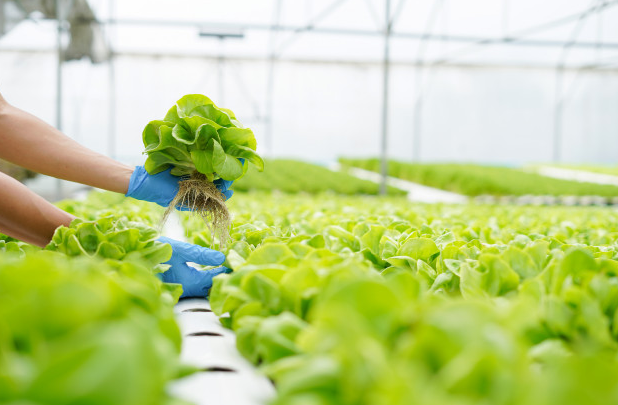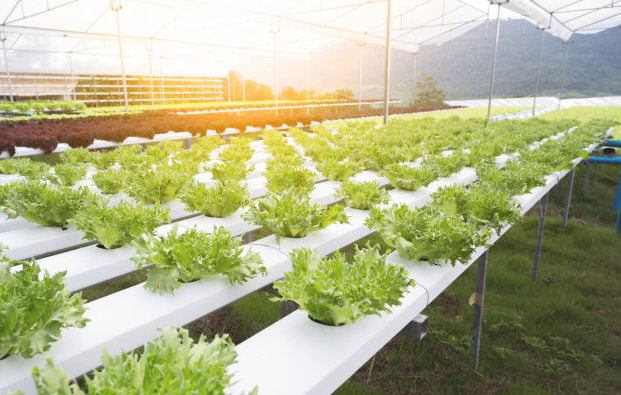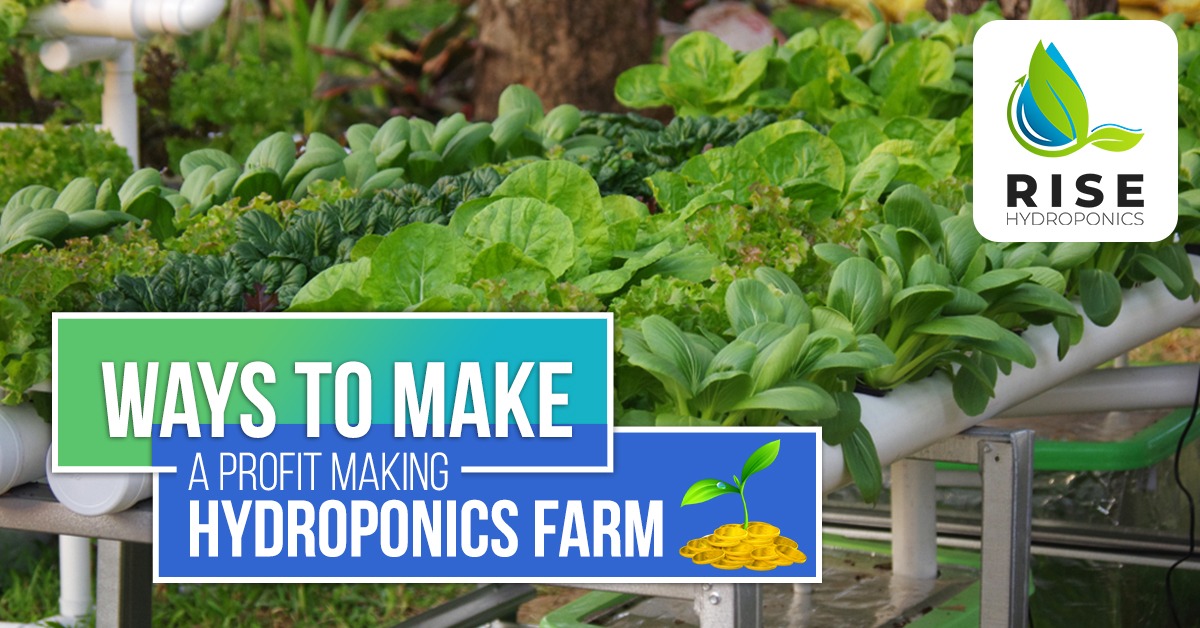Are you planning to set up a hydroponics farm? Or, have you finished setting up one? But, are facing difficulties in generating the amount of profit you desire? Then you are at the right place. This blog discusses the unmatchable practices that will make your hydroponics farm a profit-making machine. You will reap benefits from producing the best quality and highest crop yield.
Multiple things play a role in a hydroponics farm’s profitability. But, some things matter the most. Let us have a closer look at each of those things.
Market analysis and selection of crops
What do you think are India’s most profitable crops? If you are also hunting for a direct answer, then analyzing the market first would be the best idea. Such an analysis will help you find the demands of the market. If a specific crop has more value in a specific region, there is no surety whether that will be equally profitable in your region.

Here are the things one must remember before you select the crop for your hydroponics farm.
- The crop must have higher demands in the market nearby
- The variety of the crop must be adaptable to change in the environment
- The crop must have a higher economic value
- The plant should be resistant to probable diseases that affect the roots
Here are the market prices of some of the Indian hydroponics crops available in India and those that fetch a high value.
- Cherry tomato (Rs 300 – Rs 350 per kg)
- Red Cabbage (Rs 150- Rs 200 per kg)
- Lettuce (Rs 200- Rs 400 per kg)
- Italian Basil (Rs 50/grams)
- Bok Choy (Rs 400-Rs 500 per kg)
Note: the minimum and maximum price of the crops can vary with region
Water quality
If you have reasonable control over things and can maintain efficiency, you are all set for a hydroponics farm. Water quality plays a significant role in hydroponics farming and helps in controlling things like electrical conductivity and pH. Here are some of the maximum permissible levels of common elements and compounds for hydroponics use in water.

For higher yields, you need optimum TDS (total dissolved salts) and EC. Here are values for TDS and EC when you use your hydroponics water.
EC should be more than 3.0ds/m and less than 0.75ds/m
TDS must be more than 1920mg/L and 480mg/L for crops
The growing media
Your hydroponics farming will remain a distant dream if your selection of the growth media is wrong. For instance, if your hydroponics system is a flood-and-drain one, then your growing media must not move when the rooting vessel is flooded with nutrient water.

Perlite, stone wool, and rockwool are some of the widely used growing media. We love perlite because this naturally occurring material has a high capacity to hold water and has pore spaces. These pore spaces make it one of the widespread growth media for hydroponics crops.
You can also opt for rockwool that is another fantastic growth media widely used in hydroponics farms worldwide.
Things to know: Do not forget to cover the growing media with plastic sheets and caps from the side.
Growing system has to be sanitized well
You have to clean the growing system frequently and properly. This regular cleaning prevents yield loss caused by pathogen attacks or root disease. It is a great idea to use disinfectants to clean the growing system before you sow new crops.
The selection of nutrient solution
Poor quality or low yield of the harvest result from poorly composed nutrient water. Of course, there is no such magic formula to get the best nutrient solution for crops. However, you can always experiment with different techniques and methods. The grower must observe and track the crop growth to derive an idea about which composition is best for crops.
The nutrient solution’s choice depends on the following factors:
- The type of hydroponics system
- Element demands and plant nutrient
- Application rate of the solution to the crops
Maintenance of the optimum levels
To get the crop’s high yield, you need to maintain an optimum pH level as well as the temperature of the water. To get all things under control, keep an eye on all these levels. You must take measurements at regular intervals using a control unit that is automated to maintain optimum levels.
Here are the optimum levels:
- pH level has to be between 5.0-6.0
- The temperature of water has to be around 18-22 degree Celsius.
Maintaining the reservoir
In a hydroponics system the final solution is stored in the reservoir. Thus, it is important to keep the reservoir light-proof. Light-proofing prevents bacterial and algae growth. Once a week, you have to engage in reservoir cleaning and solution draining thoroughly. You can also use disinfectants for rinsing it well.
Pro Tip: there is nothing like installing a UV light inside your reservoir to prevent bacterial growth inside.
Garner enough knowledge and skill
The deciding factor is knowledge and skill for the success of your hydroponics farm. As a grower you cannot lack professional skills and experience to manage your farm. Despite the best equipment, the success of your business largely depends on your skills. Thus, tackle the challenges and wait for your hard work to bear fruits (of course hydroponics ones!).

